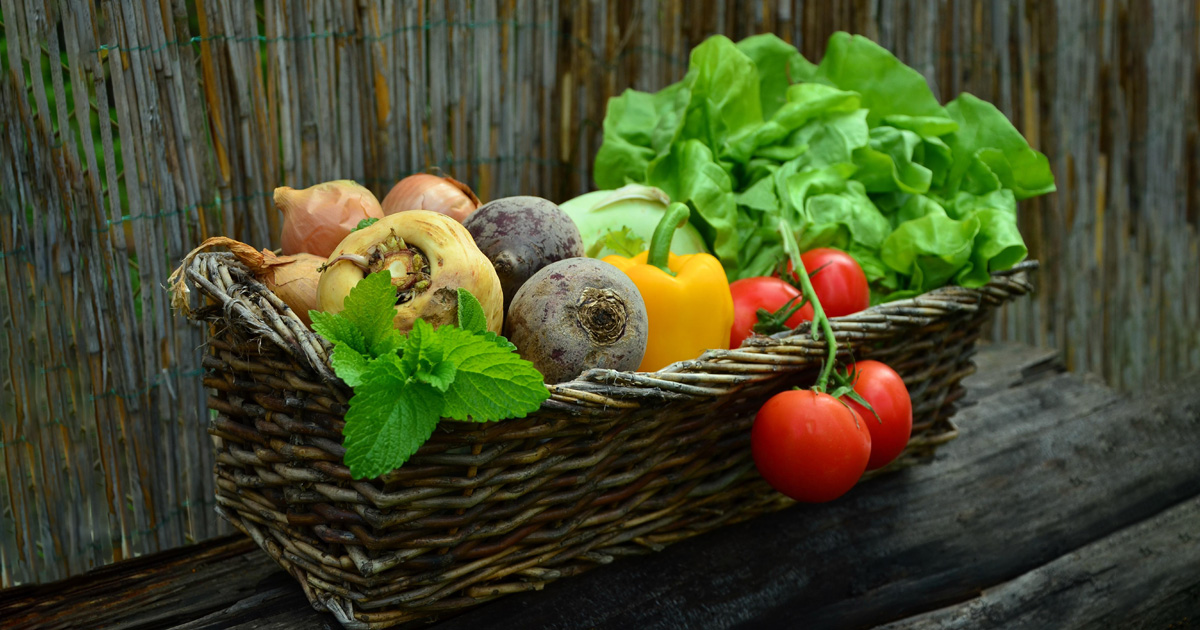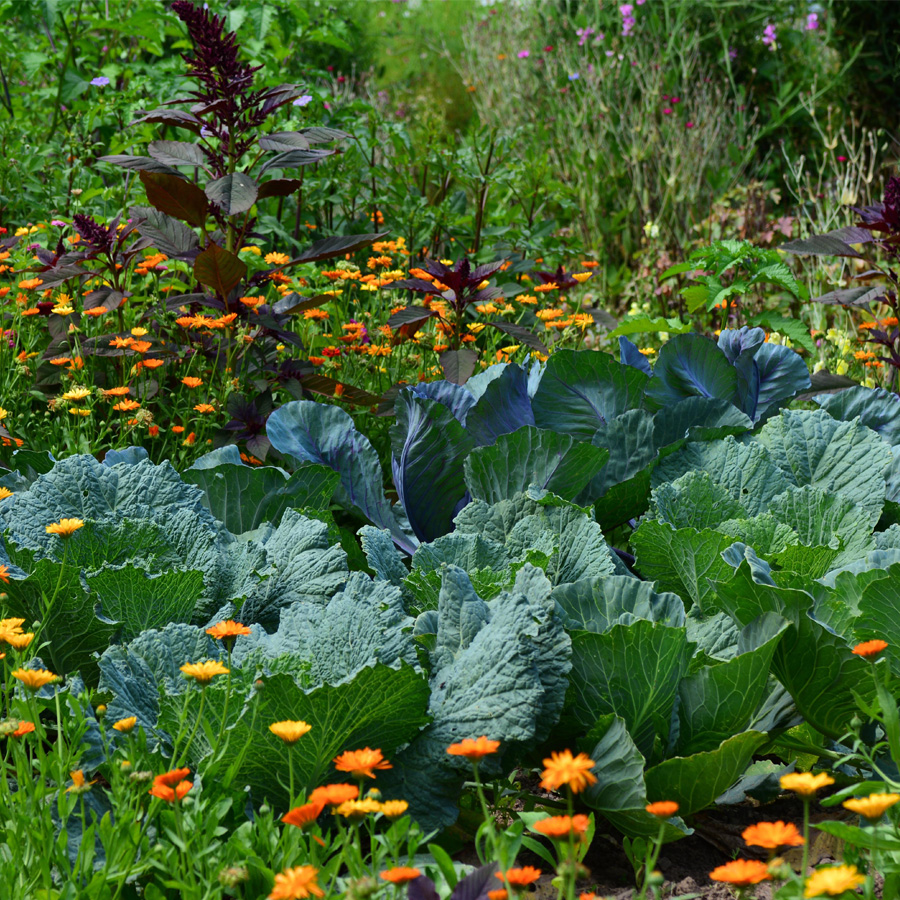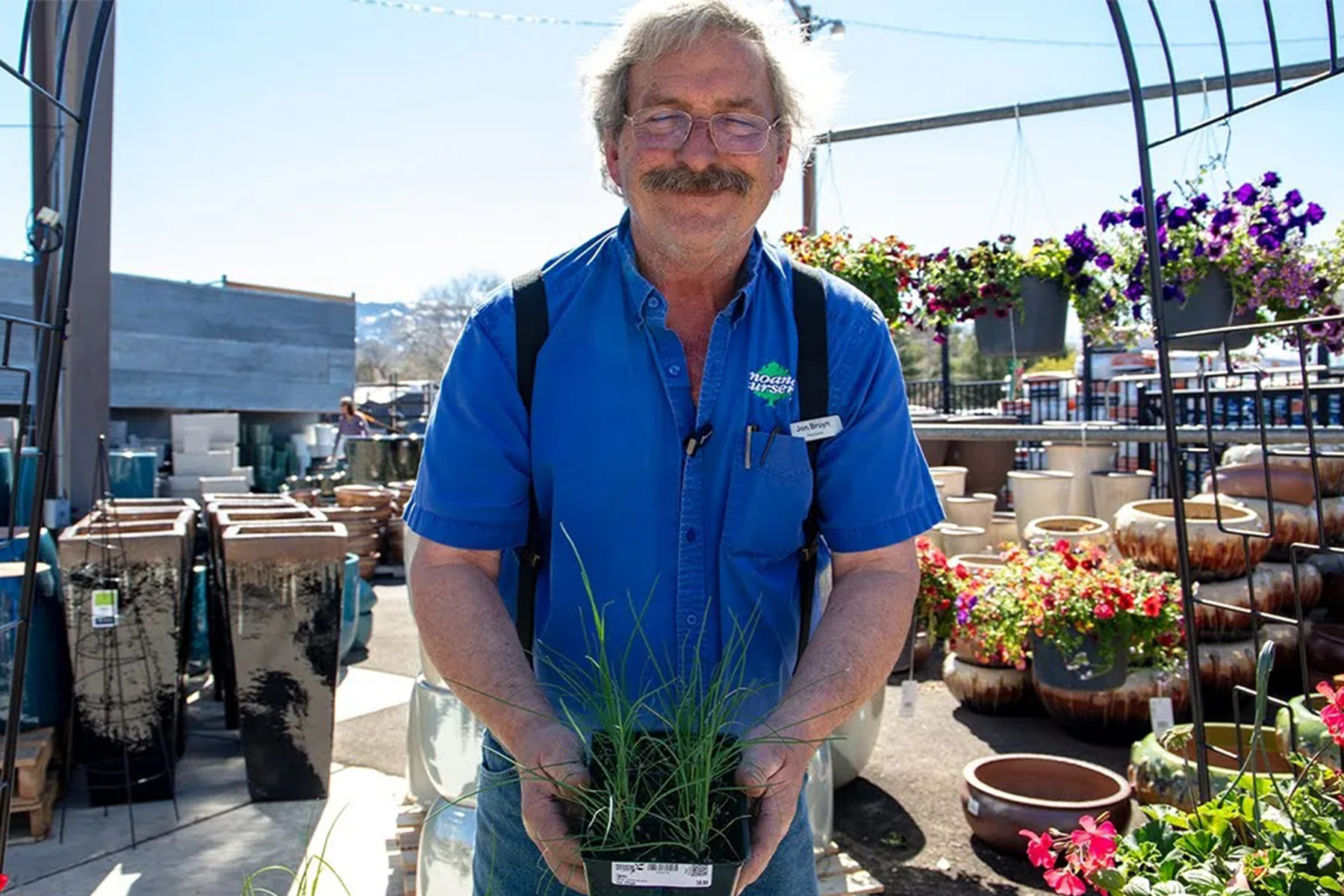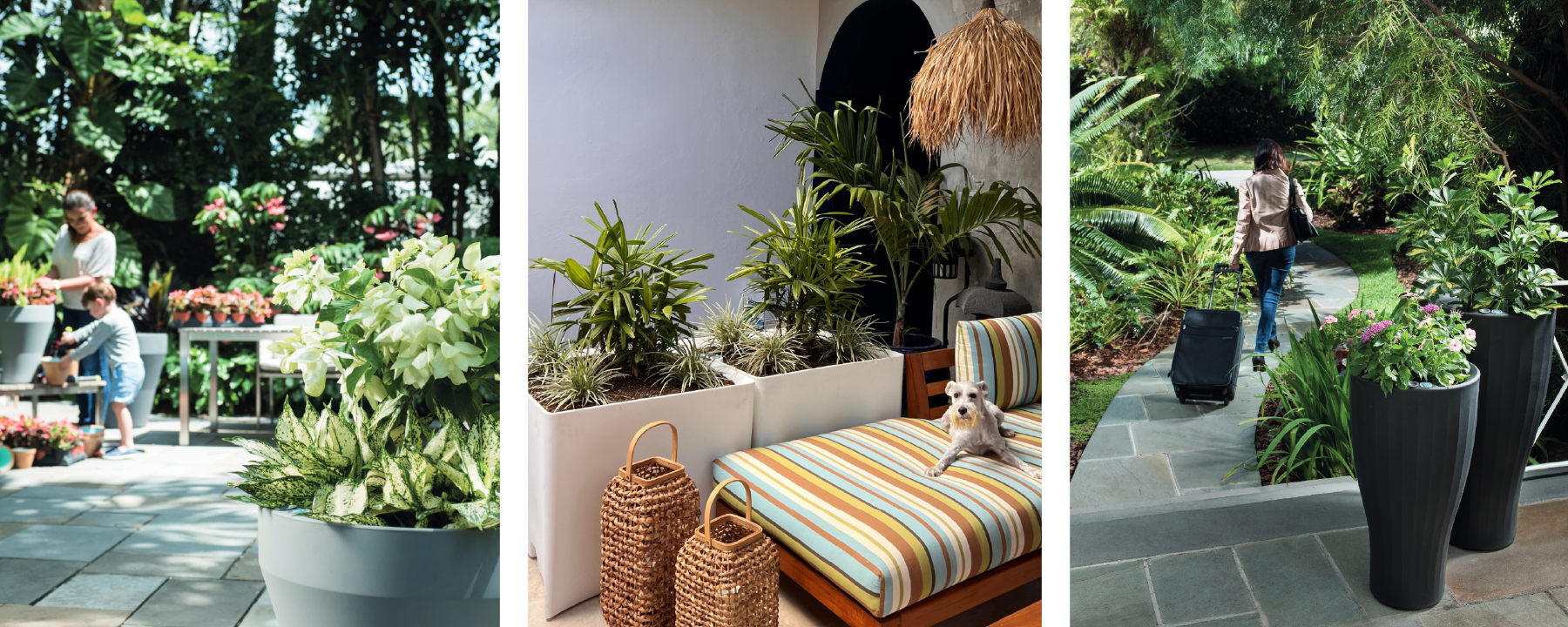Share

Growing for Your Kitchen: Know the Different Vegetable Types
There are many different vegetable types or ‘families’ as they’re called, but the main families that most gardeners will see in their vegetable garden are the Asteraceae, Allium, Cruciferous, Cucurbit, Nightshade, Legumes, Umbellifers, Amaranth and Poaceae Families. Read below for information on each:
- Asteraceae (or The Daisy Family): This is one of the largest families of vegetables with over 13,000 species. It includes Lettuces, Chicory & Endives, Artichokes, Sunflowers, Chamomile and more.
- Allium: There is rarely a dish that does not include one of these family members. It includes Onions, Shallots, Garlic, Chives and Leeks.
- Cruciferous (or the Mustard Family): This family is characterized generally by having 4 main petals in a cross-shape. Some of the vegetables in this family include Broccoli, Brussel Sprouts, Cauliflower, Cabbage, Kale, Radishes and Turnips.
- Cucurbit (or the Gourd Family): Provides both edible and decorative fun for your family. These usually climbing vegetables include Cucumbers, Pumpkins, Watermelons, Squashes, Zucchini and other melons.
- Nightshade: This family is unique because it contains Alkaloids which can be good and bad for you depending on the type of alkaloid. This family includes Eggplants, Peppers, Potatoes and Tomatoes.
- Legumes (or the Pea or Bean Family): This is the third largest plant family and spans a broad amount of species from beans to lupin. Some of the vegetable species you would commonly see in your garden are Lentils, Peanuts, Beans, Soybeans and Peas.
- Umbellifers: Are mostly characterized by their aromatic flowers. This family includes Carrots, Celery, Fennel, Dill, Parsley and Cilantro.
- Amaranth (or the Beetroot Family): This family also has a variety of members from succulents to vegetables. Some of the vegetable members include Beets, Quinoa, Spinach, Swiss Chard, Amaranth and Sugar Beets.
- Poaceae (or the Grass Family): This is your cereal crop family! The grass family includes some of your basic kitchen staples such as Corn, Oats, Rice, Rye, Wheat and Sugarcane.

Many of the vegetables we mentioned above are viewed as vegetables colloquially BUT they are in fact botanically designated as fruits. A few of these include Tomatoes, Sweet Peppers, Eggplants, Squashes, Cucumbers and Peas. We decided to follow the “usage” nomenclature vs. the botanical for this article.
Whether you’re putting together a dish or planning out your garden, adding vegetables from a variety of families can bring vibrancy to your experience.
Share

In a world filled with artificial flavors and processed foods, cultivating your own herb garden offers a return to authenticity.

Let's delve into the world of self-watering pots and explore how they're changing the landscape of gardening.

Instant Compost Tea is a game-changer for gardeners looking for an easy and effective way to boost the health of their plants and soil.

As the pumpkin patches come alive with color and variety, the team at Moana Nursery takes pride in presenting a diverse range of pumpkins and gourds at all 3 of our locations on S. Virginia St., Moana Lane, and Pyramid Hwy.
